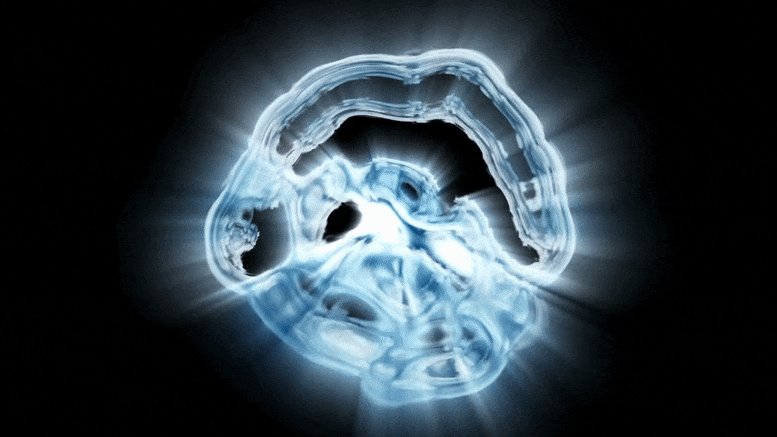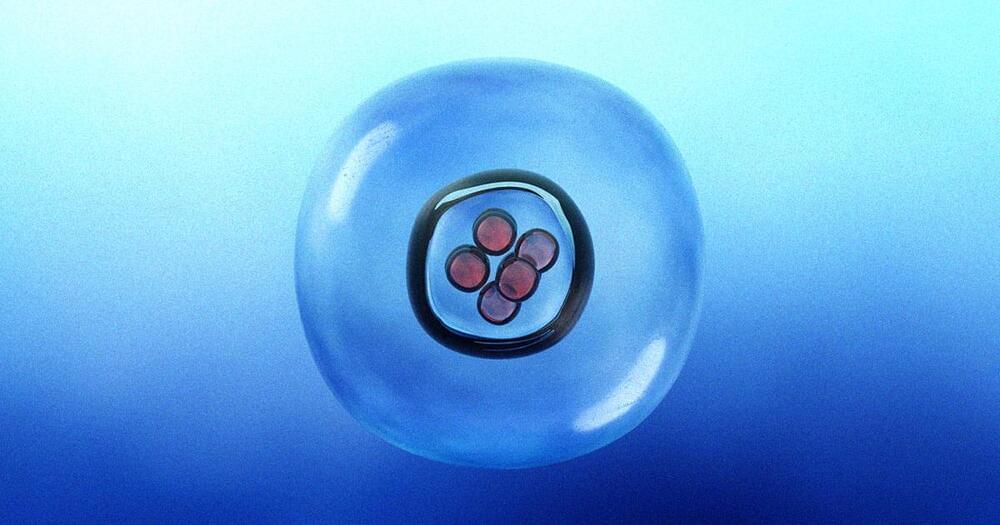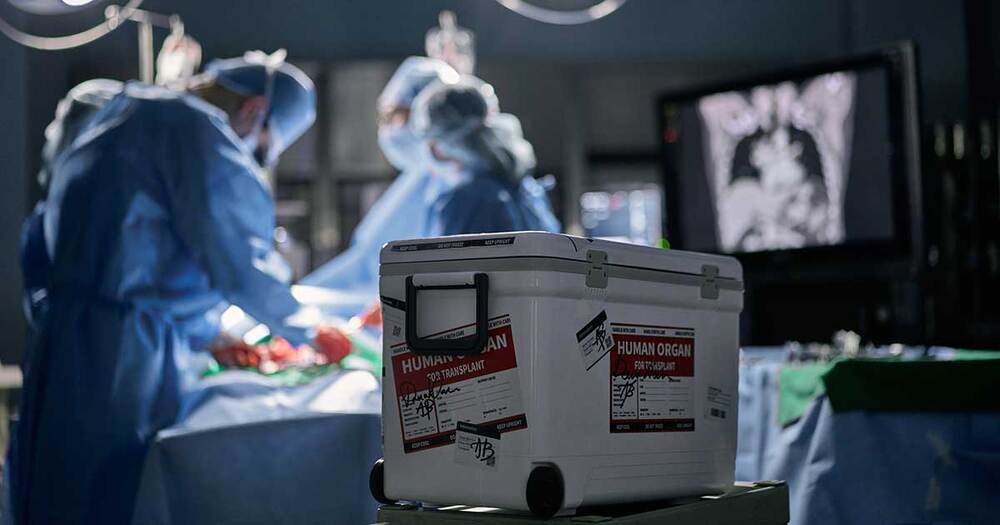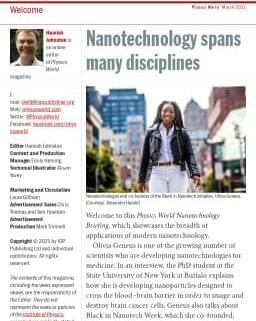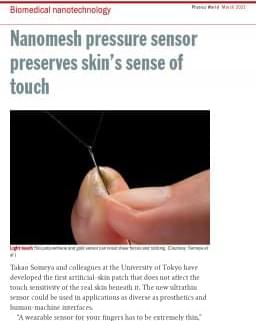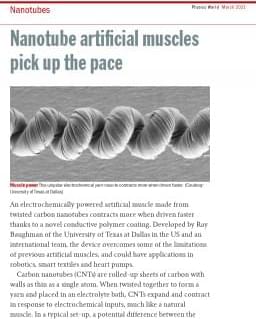Our bodies can’t plug-and-play organs like replacement computer parts. The first rule of organ transplant is that the donor organs need to “match” with the host to avoid rejection. That is, the protein molecules that help the body discriminate between self and other need to be similar—a trait common (but not guaranteed) among members of the same family.
The key for getting an organ to “take” is reducing destructive immune attacks—the holy grail in transplantation. One idea is to genetically engineer the transplanted organ so that it immunologically “fits” better with the recipient. Another idea is to look beyond the organ itself to the source of rejection: haemopoietic stem cells, nestled inside the bone marrow, that produce blood and immune cells.
DISOT’s theory is simple but clever: swap out the recipient’s immune system with the donor’s, then transplant the organ. The recipient’s bone marrow is destroyed, but quickly repopulates with the donor’s stem cells. Once the new immune system takes over, the organ goes in.


